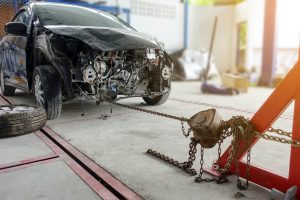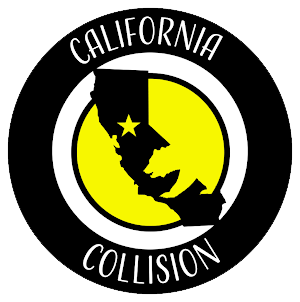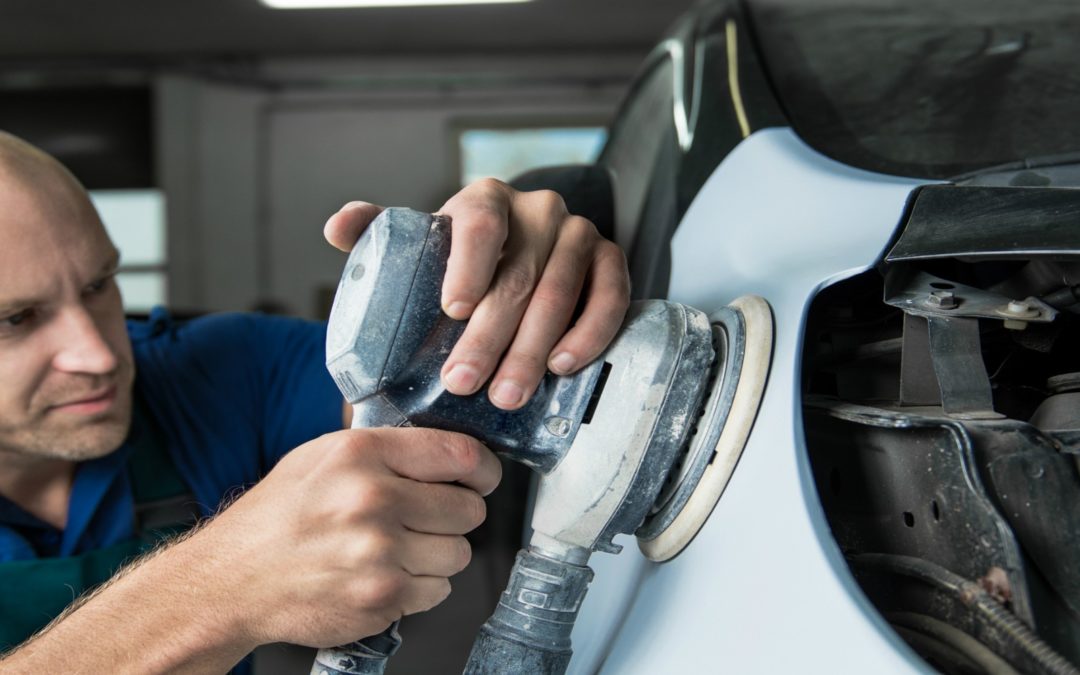Being in a car accident and getting collision repair for one’s vehicle is not something anyone wants to experience. Aside from shopping around for estimates, looking for the right parts can be difficult if you’re not familiar with auto body repair terminology.
OEM and aftermarket are among the terms you might be unfamiliar with. Don’t worry; these are just referring to the parts that will be used to repair your car so it will safe and operable once more.
What are OEM parts?
OEM stands for original equipment manufacturer, which means the parts are made by the manufacturer of your car rather than by a third-party company. Because they are straight from the manufacturer, these parts fit the specifications of your car’s model and make perfectly. There’s no need for modifications since they are tailor-made for your car.
One of the main advantages of OEM parts is you’re sure to get the highest quality parts possible. You’ll also have a warranty assuring you that the part is free from any defect; most OEM parts made by automakers are backed up with a one-year warranty.
If you get collision repair at the dealer, they will also stand by their labor. This reassurance, however, comes with a bigger price tag in comparison to aftermarket or even salvaged parts.
What are aftermarket parts?
 Unlike OEM parts, aftermarket parts are made by companies other than your car manufacturer. These parts are often produced at a high volume and made to match specifications of various vehicle types rather than a specific car model.
Unlike OEM parts, aftermarket parts are made by companies other than your car manufacturer. These parts are often produced at a high volume and made to match specifications of various vehicle types rather than a specific car model.
While aftermarket and OEM parts may be of similar quality, that may not be good enough all the time. Aftermarket parts may not fit your car perfectly because they are made by a third-party manufacturer. Aftermarket parts will always have a place in collision repair, but we advise you take precautions when using them.
A good rule of thumb? Always follow the instructions of your car manufacturer when it comes to safe repair and only use parts that the manufacturer recommends.
If you’re not too familiar with brands of aftermarket parts, the wide selection can be overwhelming. This means there’s a huge chance you might get a poor-quality part. Even a part as small as a spark plug is available in different brands and comes in several variations. Be sure to consult your mechanic first or just stick to OEM parts if the price difference is not too huge.
Choosing the Right Parts for Collision Repair
Not all aftermarket parts are manufactured the same, but all OEM parts are. If you are familiar with the different brands or if you do most of the work on your own car, you can get huge savings with aftermarket parts. However, if you do not have enough knowledge about aftermarket brands, it’s better to stick to OEM parts. Everything will be done at the dealership for you as long as you don’t mind paying a small additional fee for your peace of mind.
Find a Reliable Auto Body Shop
If you’ve been involved in a vehicular accident, you need to be aware that auto body shops have your best interests in mind. Unfortunately, some shops tend to favor certain insurance companies, which could affect the quality of their services. Before getting collision repair, always do your research and only trust an expert and established auto body shop.

